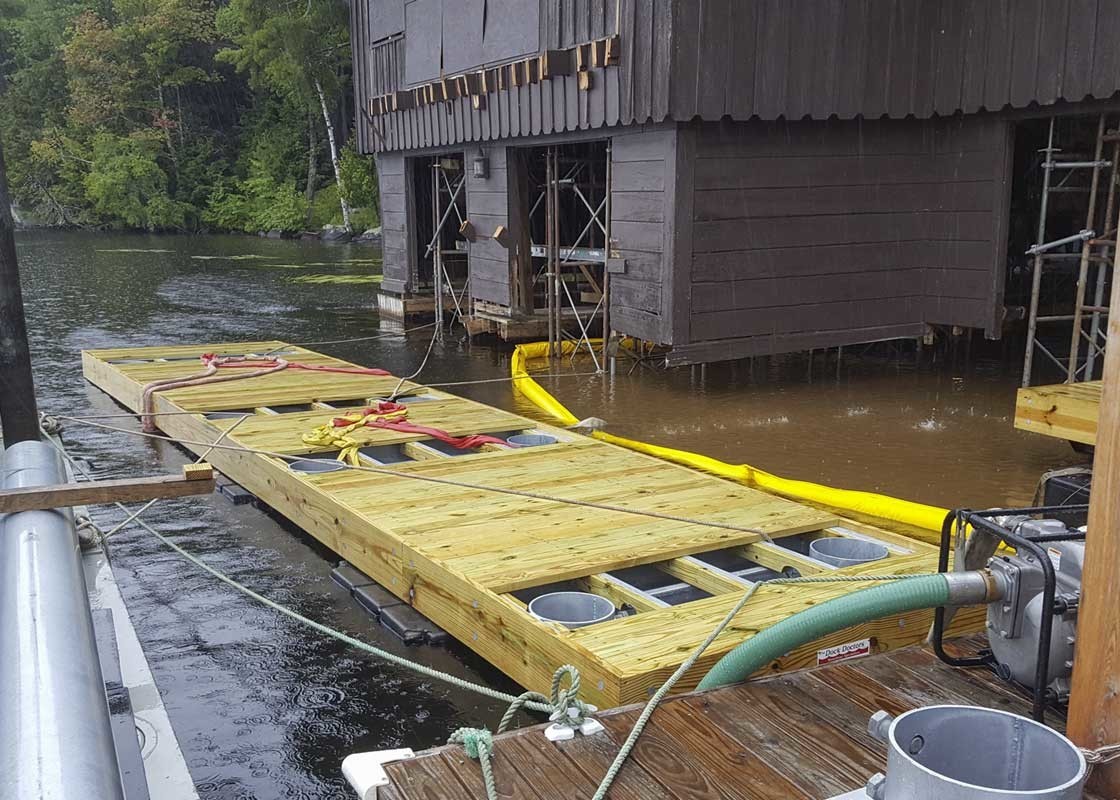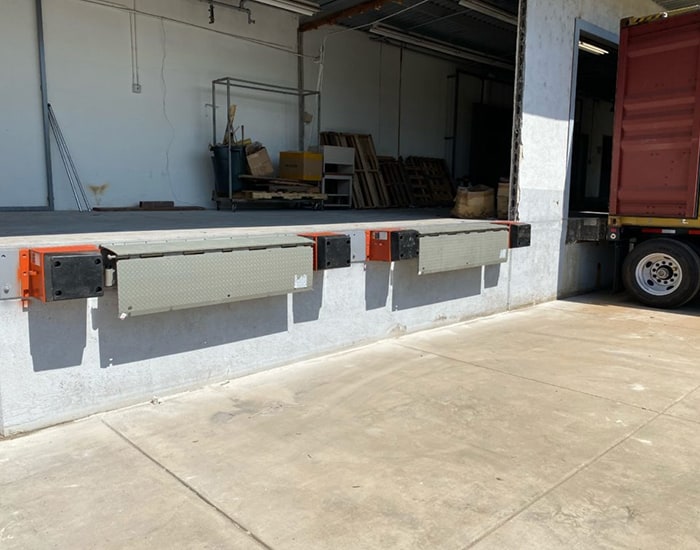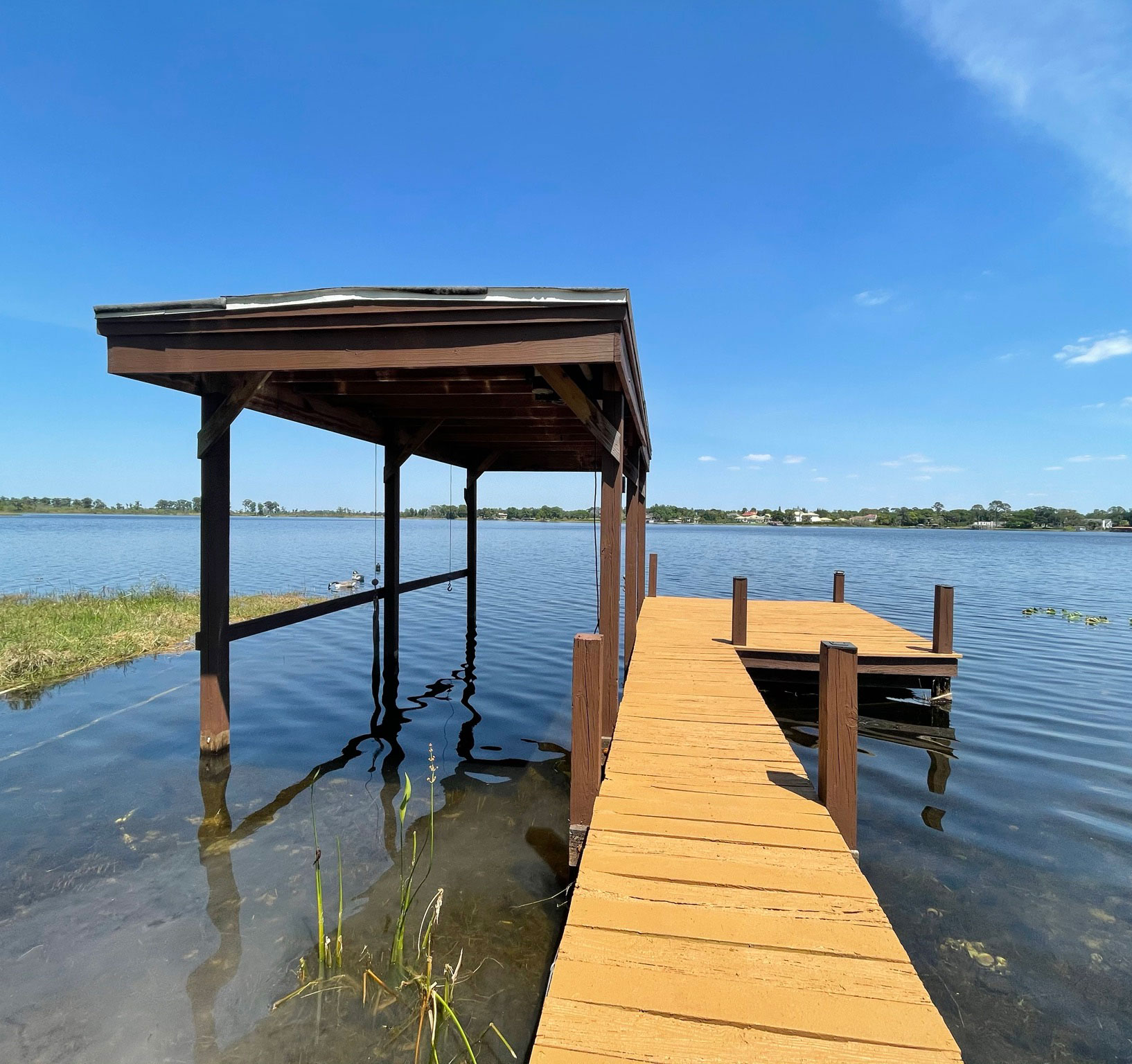DIY Tips for Simple Dock Repairs You Can Deal With
DIY Tips for Simple Dock Repairs You Can Deal With
Blog Article
Effective Dock Repair Work Techniques: Making Certain Architectural Stability
Guaranteeing the architectural integrity of anchors via efficient fixing techniques is vital for the durability and safety and security of marine centers. Subsequently, choosing the appropriate repair materials, such as composite materials and corrosion-resistant alloys, is vital for resilience.
Analyzing Dock Damage
Evaluating dock damages is a crucial initial step in ensuring the structural stability and security of any kind of docking center. This initial assessment includes a thorough examination to identify both surprise and visible damages. Secret elements to check out include the dock's foundation, pilings, decking, and hardware. Each part has to be scrutinized for signs of wear, rot, corrosion, or other forms of degradation that could compromise the structural integrity.
Architectural engineers or qualified inspectors generally perform these assessments making use of specialized devices and methods. As an example, undersea assessments may employ finder tools or remotely operated lorries (ROVs) to identify immersed damage. Above water, aesthetic assessments are complemented by using dampness meters and other analysis tools to reveal underlying problems not instantly noticeable to the naked eye.

Choosing Repair Materials
Choosing the proper fixing products is a pivotal action in the dock repair procedure, one that straight influences the longevity and performance of the fixed framework. Product selection have to be driven by factors such as environmental conditions, load-bearing requirements, and compatibility with existing dock elements. Timber is a standard selection for anchors due to its natural resilience and visual charm. Nevertheless, picking the best kind of timber, such as pressure-treated lumber or normally rot-resistant species like cedar or teak wood, is vital to endure aquatic settings.
Along with timber, composite materials are significantly prominent due to their resilience and low upkeep requirements. Composites, typically made from a mix of plastic and wood fibers, use outstanding resistance to rot, pests, and UV damage. For steel docks, picking corrosion-resistant alloys such as galvanized steel or marine-grade aluminum is essential to protect against rust and ensure architectural integrity in saline water conditions.
Epoxy resins and marine-grade sealers are essential for repairing splits and sealing joints, offering a water-proof obstacle and enhancing the dock's general toughness. By meticulously selecting high-quality materials, dock repair work can accomplish durable outcomes, thereby safeguarding against future deterioration and making sure secure, trusted usage.
Structural Reinforcement Techniques
Reliable structural support techniques are important in making certain the security and long life of dock fixings. This technique is particularly reliable for anchors subjected to heavy tons or severe ecological conditions.
Another important strategy is the application of fiber-reinforced polymers (FRP) These products provide high strength-to-weight ratios and superb resistance to rust, making them perfect for enhancing wood or concrete anchors. FRP can be applied in strips or sheets and adhered with epoxy resins to boost architectural integrity.
Supporting and anchoring systems additionally play a vital function in architectural reinforcement. her response Cross-bracing, making use of metal or wood beam of lights, can counteract side forces, minimizing swaying and motion. Anchoring systems, such as helical piers or driven stacks, provide a secure foundation by moving loads to deeper, extra steady dirt layers.
Lastly, the assimilation of load-distribution plates can help disperse weight more uniformly throughout the dock's surface, minimizing localized anxiety factors. These techniques jointly ensure that docks continue to be robust and risk-free, capable of holding up against the rigors of their functional setting.
Advanced Repair Work Techniques

Another sophisticated method includes underwater welding, which enables for repair services to be performed without the demand to dewater the area. This technique is specifically advantageous for addressing architectural concerns in immersed dock components, ensuring minimal disturbance to procedures. Improved welding techniques, coupled with robot systems, supply precision and reliability, thereby expanding the life-span of the dock.
Furthermore, cathodic protection systems are implemented to prevent deterioration in webpage metal dock structures. By utilizing sacrificial anodes or pleased current systems, these techniques properly alleviate the electrochemical processes that bring about product wear and tear.
Lastly, progressed monitoring modern technologies, such as architectural health surveillance (SHM) systems, offer real-time information on the problem of dock structures. These systems make it possible for proactive maintenance and prompt treatments, eventually ensuring the long-lasting structural integrity of the dock.
Upkeep and Prevention
Upkeep and prevention are essential concepts that underpin the long life and safety and security of dock structures. Regular examinations are extremely important, permitting very early discovery of deterioration, potential weak points, and ecological effects. An aggressive method, including regular checks for rust, rot, and architectural shifts, alleviates pricey repair work and lengthens the dock's operational life.
Safety nets should include using safety finishings to steel parts to guard against corrosion and making use of cured wood to withstand degeneration. In addition, ensuring proper drain and air flow can protect against water accumulation, which is a common reason for structural deterioration. Including top quality materials and adhering to producer guidelines throughout building and fixing stages also play crucial roles in enhancing toughness.

Training personnel in dock upkeep ideal methods guarantees consistent application of safety nets. Leveraging technical advancements, such as drones for inspections and sensing units for real-time tracking, can even more enhance upkeep initiatives. By prioritizing upkeep and avoidance, dock owners can make certain architectural integrity, functional security, and affordable management over the dock's life-span.
Conclusion
In conclusion, maintaining the structural stability of aquatic facilities necessitates extensive dock repair service strategies. Advanced fixing techniques, coupled with regular maintenance methods, make sure the dock continues to be secure and functional under varied ecological problems.
Ensuring the structural integrity of docks through efficient repair work read this methods is vital for the durability and security of marine centers.Picking the suitable repair service products is a pivotal step in the dock restoration procedure, one that directly affects the durability and performance of the repaired framework.Reliable structural reinforcement techniques are essential in making certain the security and longevity of dock fixings. By prioritizing upkeep and prevention, dock owners can ensure structural honesty, functional safety and security, and affordable monitoring over the dock's life expectancy.
In conclusion, keeping the structural integrity of aquatic centers demands extensive dock repair methods.
Report this page